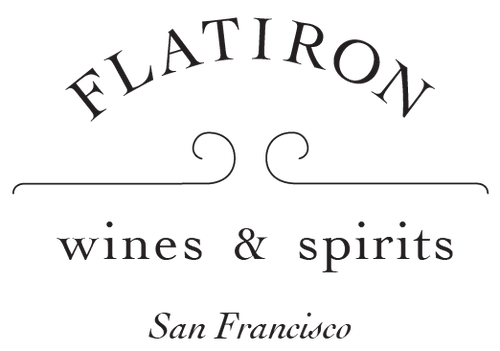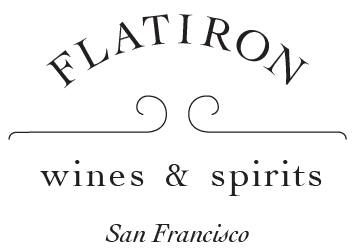Vodopivec
The modern era of orange winemaking began with wild experimentation in Friuli-Venezia-Giulia. Mind-expanding wines like Gravner’s Breg and Movia’s Lunar changed the way we think about white wine, food-and-wine pairings, terroir, and so much more.
... Read MoreThe modern era of orange winemaking began with wild experimentation in Friuli-Venezia-Giulia. Mind-expanding wines like Gravner’s Breg and Movia’s Lunar changed the way we think about white wine, food-and-wine pairings, terroir, and so much more.
But as the dust has begun to settle around Carso, the land of stone and wind, producers have made big decisions in their vineyards—tearing up what isn't working and planting more of what is. In Gravner’s case, he has fully committed to Ribolla Gialla; in Paolo Vodopivec’s case, it's the native Vitovska grape.
Paolo Vodopivec hasn't become as big a name as Gravner—but we will all be talking about him in five or ten years. And those in the know have been chasing his unique, elegant Vitovska for years.
What is Vitovska? If you don't know the grape, you aren't alone: there’s very little of it planted and even less imported. Only 50 hectares exist in the world, almost all of it around Carso. It is subtle and varies with the terroir, but does have firm, mineral-rich structure. This makes it perfect for extra skin contact and lengthy lees action.
Paolo does this very well—better than most. From the time he harvests his 3ha of fruit it takes four years to bottle the wine. Four years during which the wine will undergo a magical transformation through a month's-long maceration on the skins followed by years in large, neutral Slavonian oak. The wines are flawless: textured with the richness of savory fruit balanced by minerality and with a slightly austere elegance.

